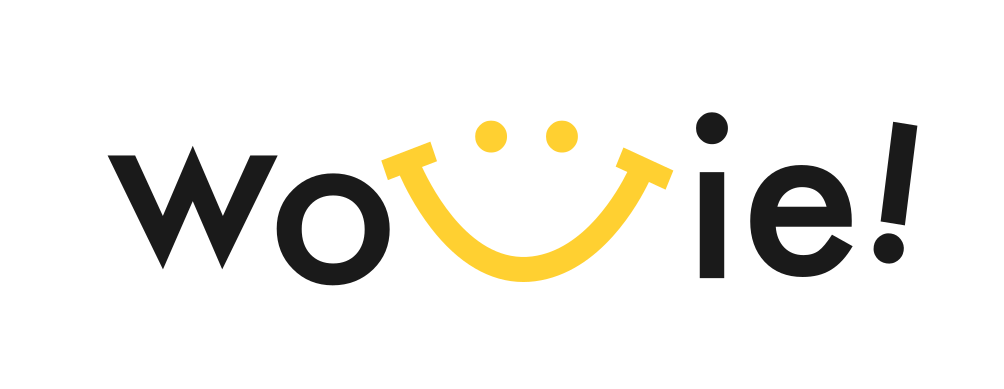Daily Stand-up Meetings for Improved Workflow and Communication
Daily Stand-up Meetings for Improved Workflow and Communication
Improving Workflow Through Daily Stand-up Meetings
To effectively monitor project progress and ensure smooth workflow, we implemented daily stand-up meetings. Each morning, every employee reports their daily work schedule and progress, facilitating information sharing and collaboration. This simple yet effective strategy has significantly improved communication and reduced individual workload. This is a key element of our Lean management approach, focusing on efficiency and teamwork.
The English translation for this section could be:
To ensure efficient monitoring of project progress, we implemented daily stand-up meetings. Each employee reports their daily schedule and progress, fostering information exchange and collaboration. This has led to improved inter-employee communication, reduced stress, and smoother workflow.
This translation uses clear and concise language, easily understandable for a non-native speaker. The focus is on the results: improved communication, reduced stress, and smoother workflow. This highlights the positive impact of the change.
Adaptability and Communication Skills: Responding to Diverse Needs
Effective communication is crucial for successful teamwork. I prioritize understanding others’ perspectives and tailoring my communication style accordingly. This includes proactively using various communication channels such as email, phone calls, and written memos, depending on the urgency, recipient, and the nature of the information. This approach ensures clear and timely communication, preventing misunderstandings and fostering trust.
Here’s an example of how this could be translated into English:
I cultivate strong communication skills, adapting my approach to different individuals and situations. I prioritize understanding others’ perspectives and utilize various communication methods – email, phone calls, and written memos – depending on the urgency and recipient. This flexible approach ensures clear communication, prevents potential issues, and builds strong working relationships.
This translation emphasizes the proactive and flexible nature of the communication style. The use of words like “cultivate,” “adapting,” and “prioritize” portrays a professional and skilled communicator.
Cultivating a Supportive and Engaging Work Environment
Creating a positive and supportive work environment is essential for employee well-being and productivity. I actively encourage open communication by fostering a friendly and approachable atmosphere. To ensure that employees don’t feel overwhelmed or isolated, I regularly conduct employee surveys to gather feedback and address concerns. This direct feedback loop allows me to identify areas for improvement, enhance the work environment, and support employee growth.
The English translation might look like this:
I prioritize creating a positive and supportive work environment. I foster open communication by maintaining an approachable demeanor and regularly conducting employee surveys to gather feedback and address concerns. This proactive approach allows for continuous improvement, enhances employee well-being, and encourages professional growth.
This translation highlights the proactive nature of creating a positive work environment. The words “prioritize,” “proactive,” and “continuous improvement” demonstrate a commitment to employee well-being and professional development.
Expert Insights and Best Practices
According to research by Gallup, engaged employees are more productive, more likely to stay with the company, and contribute to a more positive work environment. Regular feedback mechanisms, such as employee surveys, are key to understanding employee needs and addressing potential issues before they escalate. The daily stand-up meetings are also aligned with Agile methodologies, which prioritize transparency and frequent communication to ensure project success.
Key takeaways for implementing these strategies:
- Establish clear communication channels: Determine the most effective way to communicate with your team, considering urgency and recipient.
- Encourage open feedback: Regularly solicit feedback from employees through surveys, one-on-one meetings, or other methods.
- Foster a positive work environment: Create a culture of collaboration, support, and mutual respect.
- Embrace flexibility: Adapt your communication style to different individuals and situations.
- Utilize technology effectively: Leverage tools like project management software and communication platforms to streamline workflows and improve communication.
By implementing these strategies, you can create a more efficient, collaborative, and supportive work environment, leading to increased productivity and employee satisfaction. Remember that consistent effort and a genuine commitment to employee well-being are crucial for long-term success.
Conclusion
Improving workflow and communication requires a multifaceted approach. By combining daily stand-up meetings, proactive communication strategies, and a commitment to employee well-being, organizations can create a more efficient, collaborative, and supportive work environment. This leads to improved productivity, reduced stress, and increased employee satisfaction. Remember to adapt these strategies to your specific organizational context and continuously seek feedback to ensure their effectiveness.
最近のコラム
>> Mr.Children愛を仕事に活かす!カラオケから始める、多様な働き方とキャリアアップ戦略
